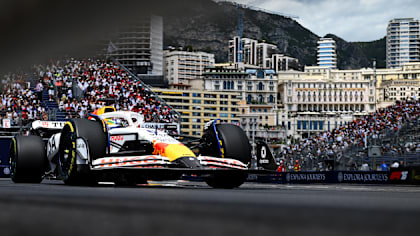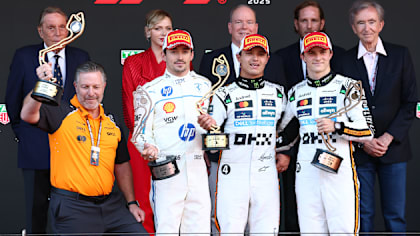Having a strong neck (not to mention arms, legs, shoulders and core) has been a pre-requisite for an F1 driver since the earliest days of Grand Prix racing. But this year, with the switch to wider tyres and improved aerodynamics, the forces acting on those behind the wheel have increased significantly, as we reveal in the video below…
Over the winter, social media was awash with pictures and videos of drivers pushing their bodies to the limits in a bid to prepare for the increased physical challenge presented by 2017’s new breed of F1 car. And when you see the G-forces Lewis Hamilton is subjected to in the video above, you start to understand why the drivers were forced to adapt their training regimes.
As you can see, in almost every one of Albert Park’s corners and braking zones, polesitter Hamilton - en route to the fastest ever lap around the Australian circuit - is subjected to forces well in excess of those seen in 2016, such is the improved cornering and braking performance of his Mercedes W08 over its predecessor.
Unsurprisingly the biggest G-force differences from this year to last were seen in Albert Park’s quickest corners, with the drivers now pulling over 6G through Turns 1 and 11. In the latter of these bends, the forces acting on Hamilton peak at 6.5G - 0.2G more than the most extreme rollercoaster on the planet delivers.
Over the course of 57 laps, that’s a lot of extra G-force for the drivers to cope with. And it’s worth noting that the weather in Australia wasn't particularly warm, nor is Albert Park one of the most demanding tracks…




